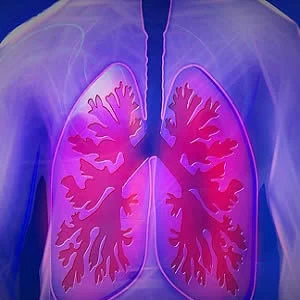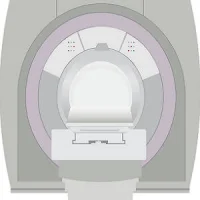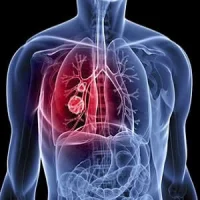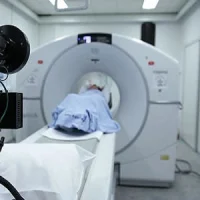Lung cancer screening has demonstrated a reduction in lung cancer mortality by 20 percent. Annual low-dose computed tomography (LDCT) screening in high-risk individuals is now recommended by multiple national healthcare organisations. As such, lung cancer screening is projected to increase the case volume for the thoracic surgery workforce.
"The impact of this public health intervention is projected to increase the case load for the thoracic surgery workforce and is incumbent upon the current workforce to continually improve outcomes in this patient population," according to an article published in the journal Surgical Clinics of North America.
Lung cancer is the leading cause of cancer-related death in the United States, with 1 out of 4 cancer deaths owing to lung cancer. Each year, more people die of lung cancer than of colon, breast, and prostate cancers combined. Cigarette smoking is the leading risk factor for developing lung cancer. Although reduced rates of cigarette smoking in the U.S. have resulted in a reduce incidence of lung cancer, the substantial burden of lung cancer will continue for many years. Smoking cessation has been the most important public health intervention that has reduced this burden, the article notes.
Lung cancer screening has been implemented since the early 1960s. Numerous large-scale clinical trials have evaluated the use of chest radiographs, sputum analyses, CT, and most recently LDCT scans as screening tools. Based on the results of some studies, screening for lung cancer by chest radiography or in low-risk individuals is not recommended.
The most important randomised, controlled trial to date is the National Lung Screening Trial (NLST) conducted by the National Cancer Institute of LDCT for lung cancer screening. A total of 53,454 high-risk persons at 33 medical centres across the U.S. were enrolled. Subjects were first enrolled in 2002 and randomised to either an annual chest radiographs or annual LDCT for three consecutive years. The data demonstrated a 20 percent reduction in lung cancer mortality and a 6.7 percent reduction in all-cause mortality. Based largely on the strength of the results of the NLST, multiple organisations involved in lung cancer and cancer screening now recommend annual lung cancer screening with LDCT for high-risk individuals.
"Restricting screening to the appropriate (older) age group, close attention to adherence and monitoring of an LDCT protocol, and judicious use of follow-up imaging are required to minimise the risks of radiation," the article explains.
Coincident with the improvements in imaging technology, there also have been the refinements in surgical techniques for lung resections. With the establishment of lung cancer screening guidelines, the impact on the thoracic surgical workforce needed to implement these guidelines are beginning to be studied.
"The Edwards and colleagues Canadian simulation model forecasted that the operative caseload for thoracic surgeons will increase, even with the current number of trainees entering the workforce per year and retiring surgeons leaving the workforce per year," the article says. "However, an important yet unaccounted consideration is the impact of body radiation therapy for the primary treatment of early stage lung cancer for high-risk surgical patients. The outcomes of stereotactic body radiation therapy seem to be promising, and its impact on operable lung cancer cases and on workforce planning remains to be seen and will become an essential consideration."
Image Credit: Pixabay
References:
Dhanasopon, Andrew et al. (2017) Lung Cancer Screening and Its Impact on Surgical Volume. Surgical Clinics of North America. doi.org/10.1016/j.suc.2017.03.006
Latest Articles
Lung Cancer Screening, lung cancer, low-dose computed tomography
Lung cancer screening has demonstrated a reduction in lung cancer mortality by 20 percent. Annual low-dose computed tomography (LDCT) screening in high-risk individuals is now recommended by multiple national healthcare organisations. As such, lung cancer










